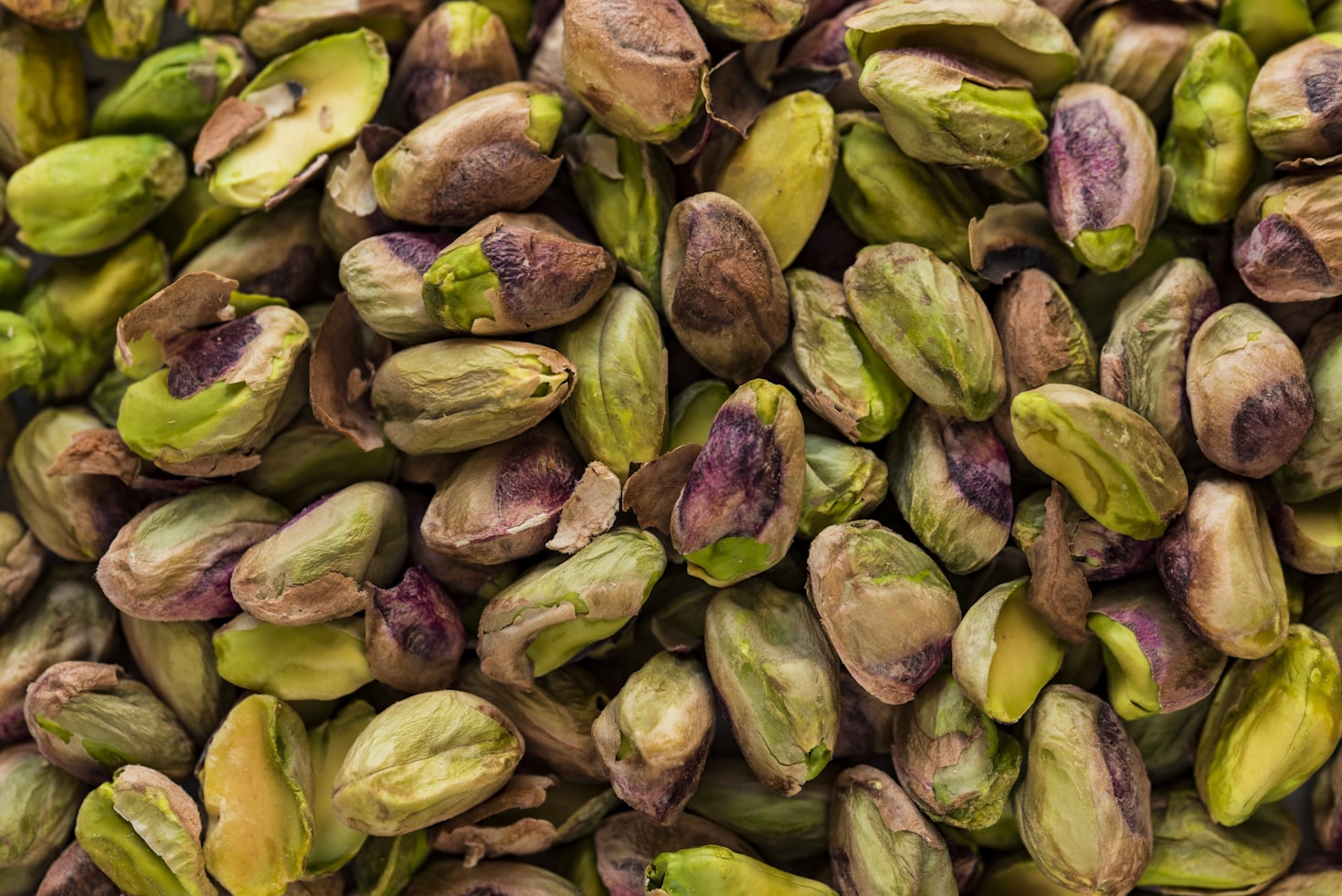Is Italian Dressing Keto Friendly?
Following a ketogenic diet involves consuming low-carbohydrate, high-fat foods to induce a state of ketosis in the body. This metabolic state promotes fat burning and weight loss. However, it can be challenging to determine which foods and condiments are suitable for a keto lifestyle. One common question that arises is whether Italian dressing is keto friendly. In this article, we will explore the nutritional composition of Italian dressing, its potential impact on ketosis, and provide valuable insights for those following a ketogenic diet.
The Nutritional Composition of Italian Dressing
Italian dressing is a popular salad dressing known for its tangy and flavorful taste. It typically consists of a mixture of oil, vinegar, herbs, and spices. However, the exact ingredients and nutritional composition can vary depending on the brand and recipe.
While the specific nutritional values may differ, a typical serving of Italian dressing (2 tablespoons) contains approximately:
- Calories: 120
- Total fat: 13 grams
- Saturated fat: 2 grams
- Carbohydrates: 2 grams
- Sugar: 2 grams
- Protein: 0 grams
Italian dressing is primarily composed of fats, with minimal carbohydrates and no protein. The fat content is mainly derived from the oil used in the dressing, such as olive oil or vegetable oil. The carbohydrate content is primarily from added sugars or natural sugars present in the vinegar used in the dressing.
Impact on Ketosis
When following a ketogenic diet, it is crucial to limit carbohydrate intake to maintain a state of ketosis. Ketosis occurs when the body switches from using carbohydrates as its primary fuel source to burning fat for energy. To achieve and sustain ketosis, it is recommended to consume less than 50 grams of carbohydrates per day.
Considering the nutritional composition of Italian dressing, it can be considered keto friendly in moderation. The carbohydrate content is relatively low, with only 2 grams per serving. However, it is essential to be mindful of portion sizes and the overall carbohydrate intake from other sources throughout the day.
It is worth noting that some store-bought Italian dressings may contain additional ingredients, such as thickeners or preservatives, which could potentially contain hidden carbohydrates. Therefore, it is advisable to read the nutrition labels carefully or consider making homemade Italian dressing to have better control over the ingredients.
Alternatives to Traditional Italian Dressing
If you are following a strict ketogenic diet or prefer to minimize carbohydrate intake, there are alternative options to traditional Italian dressing that can still provide flavor and enhance your meals. Consider the following alternatives:
- Oil and vinegar: Create a simple dressing by combining olive oil and vinegar of your choice. This option allows you to control the ingredients and avoid any hidden carbohydrates.
- Lemon juice: Squeeze fresh lemon juice over your salads for a tangy and refreshing flavor.
- Herb-infused oils: Experiment with different herb-infused oils, such as basil or rosemary, to add a unique taste to your salads.
- Avocado dressing: Blend avocado, lime juice, olive oil, and spices to create a creamy and keto-friendly dressing.
Frequently Asked Questions (FAQ)
1. Can I have Italian dressing on a keto diet?
Yes, Italian dressing can be consumed on a keto diet in moderation. It contains a low amount of carbohydrates, but it is essential to consider portion sizes and the overall carbohydrate intake from other sources.
2. Are all Italian dressings keto friendly?
Not all Italian dressings are keto friendly. Some store-bought dressings may contain added sugars or other ingredients that can increase the carbohydrate content. It is advisable to read the nutrition labels or consider making homemade Italian dressing to ensure it aligns with your keto goals.
3. How can I make a keto-friendly Italian dressing at home?
To make a keto-friendly Italian dressing at home, combine olive oil, vinegar (such as red wine vinegar or apple cider vinegar), herbs (such as oregano, basil, or garlic powder), and spices (such as salt and pepper). Adjust the ingredients to suit your taste preferences.
4. Can I use Italian dressing as a marinade for meat on a keto diet?
Yes, Italian dressing can be used as a marinade for meat on a keto diet. However, it is important to check the ingredients and nutritional values of the specific dressing you are using to ensure it aligns with your keto goals.
5. Are there any store-bought keto-friendly Italian dressings available?
Yes, there are store-bought keto-friendly Italian dressings available. Look for dressings that are specifically labeled as keto-friendly or have low carbohydrate content. However, it is still recommended to read the nutrition labels to ensure they meet your dietary requirements.
6. Can I have Italian dressing while on a keto diet if I am trying to lose weight?
Italian dressing can be included in a keto diet for weight loss. It is relatively low in calories and can add flavor to your meals without significantly impacting your carbohydrate intake. However, it is important to consider portion sizes and overall calorie intake to achieve weight loss goals.
Summary
Italian dressing can be considered keto friendly in moderation due to its low carbohydrate content. However, it is essential to be mindful of portion sizes and the overall carbohydrate intake from other sources. Reading nutrition labels or making homemade Italian dressing can help ensure it aligns with your keto goals. Additionally, there are alternative options available, such as oil and vinegar or herb-infused oils, for those looking to minimize carbohydrate intake. By making informed choices and being aware of the nutritional composition, you can enjoy the flavors of Italian dressing while following a ketogenic diet.





